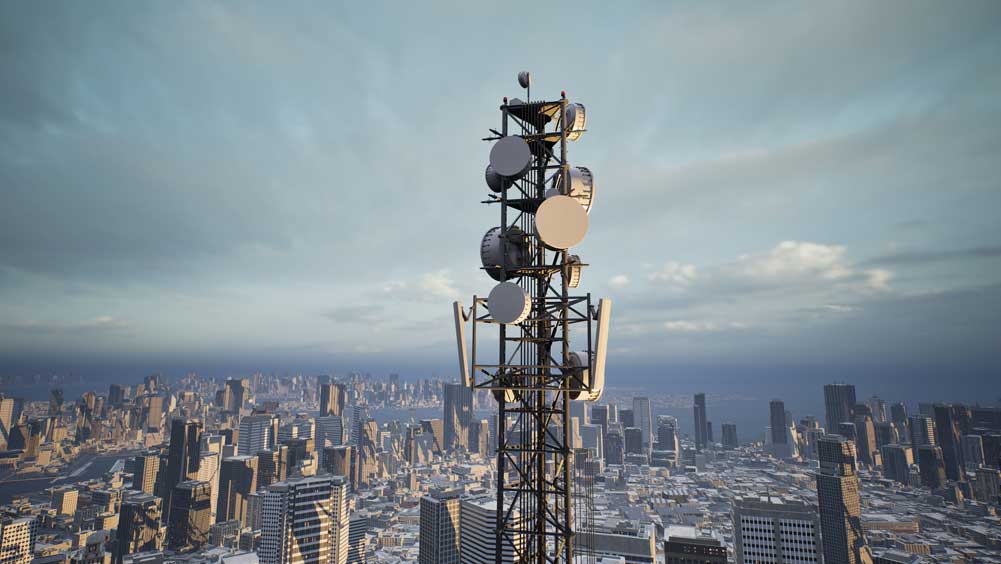
Geopolitical tensions between the United States and Iran have long been a volatile issue, with conflicts and confrontations stretching back decades. However, recent events have escalated the situation to a concerning degree, raising the specter of not just traditional military clashes but also a surge of cyber-attacks that could have far-reaching consequences.
The relationship between the US and Iran has been characterized by a series of ups and downs, marked by periods of hostility, and attempts at diplomacy. The nuclear deal negotiated in 2015 offered a glimmer of hope for improved relations, but the subsequent withdrawal of the US from the agreement in 2018 and the imposition of harsh economic sanctions reignited tensions.
Recent events have added fuel to the fire. The killing of Iranian General Qasem Soleimani in a US drone strike in January 2020 further escalated tensions between the two countries, leading to fears of open conflict. Iran, in retaliation, has carried out various retaliatory actions, including missile and drone strikes on US bases in Iraq, showcasing its willingness to respond forcefully.
While direct military engagement may have been somewhat restrained, the battleground has expanded into cyberspace. Iran has been accused of conducting various cyber-attacks against US targets in recent years. These attacks have targeted government agencies, critical infrastructure, and private companies, with the aim of disrupting operations, stealing sensitive information, and causing chaos. The 2019 cyber-attack on the city of Atlanta, which resulted in widespread disruption of municipal services, is just one example of Iran’s capabilities in the cyber realm.
As tensions continue to simmer, experts warn that a surge of cyber-attacks could be on the horizon. The use of cyber weapons allows both sides to engage in conflict without the risk of direct military confrontation, making it an attractive option for exerting pressure and retaliating against adversaries.
Moreover, the interconnected nature of the modern world means that the impact of cyber-attacks can be felt far beyond the immediate targets. Disruption to critical infrastructure, such as power grids or financial systems, can have cascading effects that reverberate throughout society.
In this increasingly digitized landscape, the need for robust cybersecurity measures has never been more pressing. Governments, businesses, and individuals must remain vigilant against the threat of cyber-attacks and take proactive steps to protect themselves against potential threats.
However, cybersecurity alone is not enough to address the underlying geopolitical tensions between the US and Iran. Diplomatic efforts, dialogue, and de-escalation are essential to prevent further escalation and mitigate the risk of conflict.
In conclusion, the escalating tensions between the US and Iran are not confined to traditional forms of warfare. The proliferation of cyber-attacks poses a significant threat, one that could have profound implications for global stability and security. As both sides navigate this precarious landscape, the specter of cyber warfare looms large on the horizon, highlighting the urgent need for diplomatic solutions to resolve the underlying conflicts.




